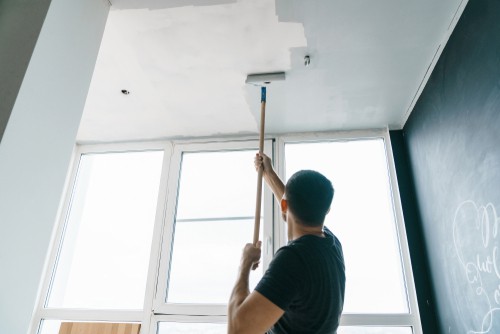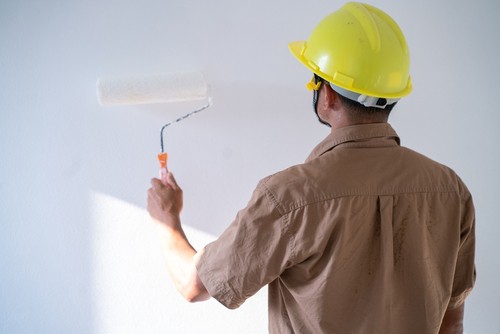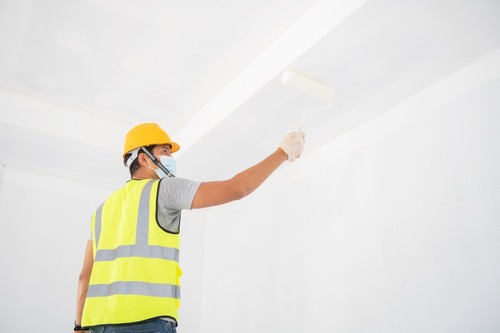
How To Maintain Your House’s Paint Job
June 5, 2023
How To Paint Walls In Homes With High Ceilings?
August 1, 2023How To Paint Walls In Homes With High Humidity And Moisture
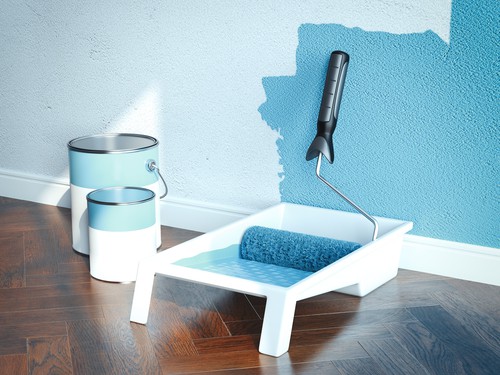
How To Paint Walls In Homes With High Humidity And Moisture
How To Paint Walls In Homes With High Humidity And Moisture. Living in high-humidity environments like Singapore can create unique challenges when maintaining and painting your home.
The high moisture level in the air can impact the drying time of the paint. Proper wall preparation and the right paint selection are crucial to achieving a professional, long-lasting finish in humid conditions.
Selecting the right products and following the correct steps can help to ensure that your paint job withstands the environmental conditions.
This article provides useful tips for painting your home’s walls in Singapore’s humid climate.
By following these guidelines, homeowners can achieve a successful, durable paint job that will stand up to the country’s high humidity and moisture levels.
How To Paint Walls In Homes With High Humidity And Moisture?
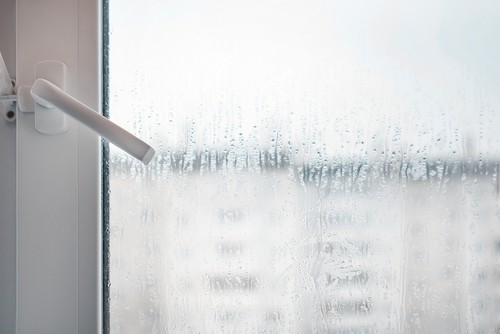
Preparing the Walls
1. Inspecting for Existing Moisture or Water Damage
Before painting, inspect your walls for signs of moisture or water damage. This could include discoloration, bubbling paint, or mold and mildew growth. These issues will need to be addressed before painting to ensure a good finish.
2. Repairing and Patching Damaged Areas Before Painting
If you find any areas of water damage, these will need to be repaired before you can paint. This may involve removing and replacing sections of drywall or patching smaller areas with a suitable filler.
3. Ensuring the Walls are Clean and Free from Dust and Grease
Clean your walls thoroughly to remove any dust, grease, or other substances that could prevent the paint from adhering properly. A mild detergent and warm water should be sufficient for this task.
Choosing the Right Paint
1. Opting for High-Quality and Moisture-Resistant Paints
Opt for a high-quality, moisture-resistant product when choosing paint for a high-humidity environment. These paints are designed to withstand high humidity levels and can help prevent issues such as peeling and blistering.
2. Selecting Paints with Low VOC (Volatile Organic Compounds) Emissions
VOCs are harmful chemicals that can be released into the air from certain types of paint. Select a low-VOC paint to minimize these emissions and maintain better indoor air quality in your home.
3. Considering Paints with Mildew-Resistant Properties
In a humid climate, mold and mildew can be significant issues. Consider using a paint that has mildew-resistant properties to help prevent these problems.
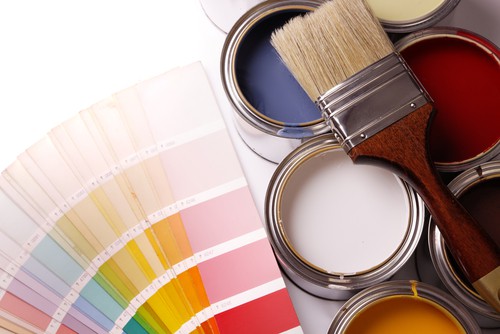
Priming the Walls
1. Applying a High-Quality Primer to Create a Barrier
Applying a primer before you paint can help to create a barrier between the paint and any underlying moisture or stains. This can improve the paint’s adhesion and help prevent issues such as peeling.
2. Using Stain-Blocking Primer for Areas Prone to Stains
If you have areas on your walls that are prone to stains, use a stain-blocking primer. This will help to prevent the stains from showing through the paint and creating an uneven finish.
3. Allowing Sufficient Drying Time for the Primer
It can take longer for primer and paint to dry in a humid environment. Ensure sufficient drying time before moving on to the painting step.
Timing the Painting
1. Avoiding Painting During Rainy or Extremely Humid Seasons
In Singapore, certain seasons can be particularly rainy or humid. Avoid painting during these times, as the additional moisture can affect the drying time and finish of the paint.
2. Painting During Dry and Less Humid Days
Try to paint on days that are dry and less humid. This can help ensure the paint dries properly and adheres to the walls.
3. Ensuring Adequate Ventilation during and After Painting
Even in a humid climate, good ventilation can help to speed up the drying process. Open windows and use fans to improve air circulation during and after painting.
Using Dehumidifiers and Fans
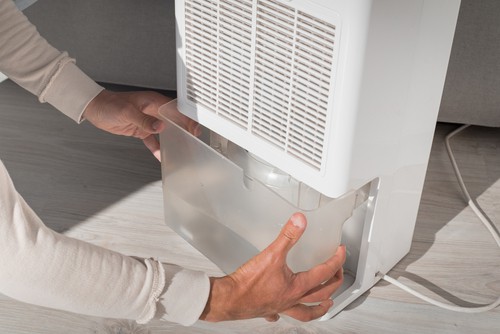
1. Implementing Dehumidifiers to Reduce Humidity Levels
Dehumidifiers can be very useful tools in a humid environment.
They help to reduce the moisture level in the air, which can improve the drying time of the paint and prevent issues such as mold growth.
2. Placing Fans to Increase Air Circulation
Use fans to increase air circulation in the room you are painting. This can also help speed up the drying process and improve the paint’s finish.
3. Aiding Drying Process with Proper Ventilation
Proper ventilation is crucial when painting in a humid environment. Open windows and doors to allow fresh air in and moisture out.
Applying the Paint
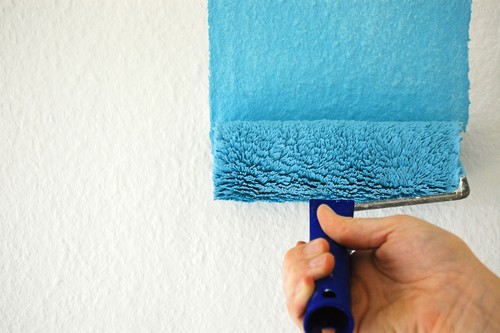
1. Using Even and Consistent Brush or Roller Strokes
When applying the paint, use even and consistent brush or roller strokes. This will help to ensure a smooth finish and prevent issues such as streaking or bubbling.
2. Applying Thin Coats of Paint to Prevent Dripping and Running
It’s particularly important to apply thin coats of paint in a humid environment. This can help prevent problems such as dripping or running, which can be more likely to occur when the paint takes longer to dry.
3. Avoiding Overworking the Paint to Minimize Bubbles and Imperfections
Avoid overworking the paint by brushing or rolling over the same area too often. This can introduce bubbles and create other imperfections in the finish.
Allowing Sufficient Drying Time
1. Following the Manufacturer’s Instructions for Drying Periods
Always follow the manufacturer’s instructions for drying times. Remember that it may take longer for the paint to dry in a humid environment than the time indicated on the packaging.
2. Considering Extended Drying Time in Humid Conditions
In humid conditions, you may need to allow for extended drying time. Be patient and ensure that each coat of paint is fully dry before adding another to avoid a poor finish.
3. Ensuring Each Coat is Fully Dry Before Adding Another
It’s crucial to ensure that each coat of paint is fully dry before adding another. Applying a new coat too soon can lead to many problems, from a poor finish to peeling or bubbling paint.
Inspecting for Condensation and Moisture
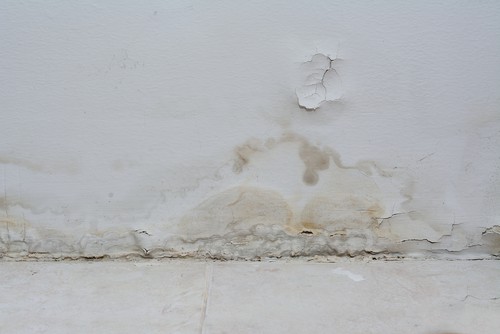
1. Monitoring Walls for Signs of Condensation
After painting, monitor your walls for signs of condensation. This could indicate too much moisture in the room, which could affect the paint’s finish.
2. Addressing Any Moisture Issues Promptly
If you notice any moisture on your painted walls, address these issues promptly. This could involve improving ventilation, using a dehumidifier, or in some cases, repainting the affected area.
3. Ensuring Proper Drainage and Ventilation to Prevent Condensation
Proper drainage and ventilation can help prevent condensation from affecting your paint job. Make sure that your home has adequate ventilation, particularly in areas like the bathroom and kitchen, which can produce a lot of moisture.
Maintaining Painted Walls
1. Regularly Cleaning Walls to Remove Moisture and Mold
To keep your painted walls looking their best, clean them regularly to remove moisture or mold. This can help to prevent damage to the paint and keep your walls looking fresh and clean.
2. Touching Up Painted Areas as Needed
Over time, you may need to touch up some areas of paint. This can help to keep your walls looking their best and prolong the life of your paint job.
3. Ensuring Proper Home Maintenance to Reduce Humidity Levels
Regular home maintenance can also help to reduce humidity levels and prevent damage to your paint. This could involve clearing gutters and downspouts, sealing windows and doors, and maintaining your home’s heating and cooling systems.
Monitoring and Preventing Mold Growth
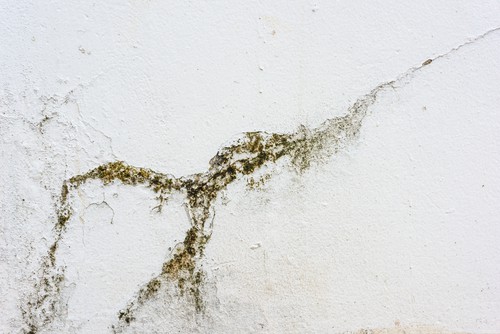
1. Addressing Mold Growth Promptly with Cleaning and Anti-Mold Solutions
If you notice any mold growth on your painted walls, address this issue promptly. This could involve cleaning the area with a suitable anti-mold solution and repainting if necessary.
2. Using Mold-Resistant Paint in High-Risk Areas
In areas that are particularly prone to mold growth, such as bathrooms and basements, consider using mold-resistant paint.
These paints can help prevent mold growth and keep your walls looking their best.
3. Taking Proactive Measures to Reduce Humidity Indoors
Taking proactive measures to reduce humidity in your home can help to prevent mold growth. This could involve dehumidifiers, improving ventilation, or installing exhaust fans in high-moisture areas.
Seeking Professional Help
1. Consulting Professional Painters for Humid Environment Advice
Consider consulting with a professional painter if you’re unsure about painting in a humid environment. They can provide advice and recommendations based on their experience and knowledge.
2. Hiring Experienced Painters for Challenging Areas
Hiring experienced painters can be a good option for challenging areas or large projects. They will have the necessary skills and tools to ensure a successful paint job, even in a humid environment.
3. Seeking Assistance for Severe Moisture and Mold Issues
If you have severe moisture or mold issues in your home, it’s advisable to seek professional help. Specialists in this field can identify the cause of these issues and provide effective solutions to resolve them.
How To Paint Walls In Homes With High Humidity And Moisture – Conclusion
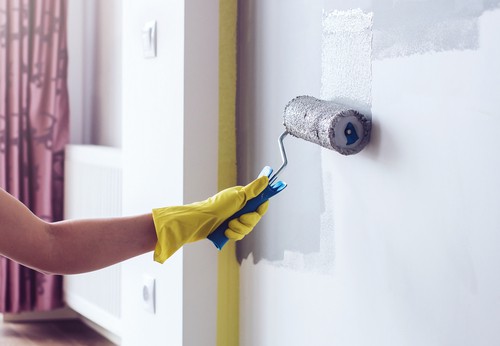
How To Paint Walls In Homes With High Humidity And Moisture. Painting in a high-humidity environment like Singapore presents unique challenges.
However, with the right preparation, paint selection, and techniques, achieving a beautiful and long-lasting finish is possible.
Following the advice in this article, homeowners can successfully paint their homes and maintain the beauty of their walls, despite the high humidity and moisture levels.
It’s worth emphasizing the importance of proper wall preparation and the right paint selection in high humidity conditions.
These steps are crucial to a successful paint job that will withstand Singapore’s humid climate.
We encourage all homeowners in Singapore to take these necessary measures when painting their walls. Doing so can ensure a successful, durable, and beautiful result that you can be proud of.
Our experienced team can provide expert advice, guidance, and professional painting services to ensure a fantastic result for your home.
Need help with painting your home in Singapore’s humid climate? Don’t hesitate to contact us today!

